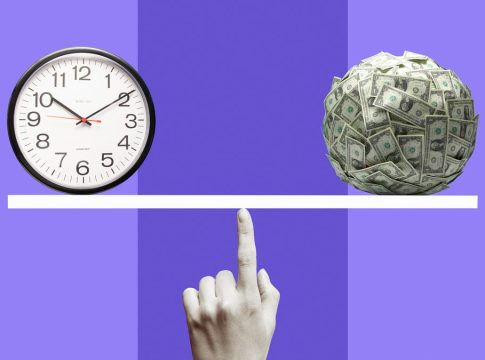Unlocking the Benefits of Certificates of Deposit (CDs)
Understanding when to invest in a certificate of deposit (CD) can transform your savings strategy. As interest rates fluctuate, smart savers can use this to their advantage. Here’s a guide on when to go for that CD and when it might be best to hold off.
When to Open a CD: High Rates are Your Friend
One of the main attractions of a CD is the annual percentage yield (APY) it offers, which gets locked in for the duration of the term—be it five months or five years. When rates are climbing, locking in a CD can maximize your returns.
For instance, in 2023, the top rates surged to 5.65% but have settled to around 4.50%. While this rate is still significantly higher than the national average, waiting could mean missing out on even better earnings if rates drop again. It’s crucial to stay informed about current interest rates, especially as the Federal Reserve (the Fed) plays a vital role in setting those rates.
Keep an Eye on the Fed
The Fed’s monetary policy meetings can give clues about the future of interest rates. When the Fed increases rates, banks often respond by raising their CD and savings rates to attract deposits. Conversely, when the Fed holds or cuts rates, banks may decrease their APYs as deposit competition eases.
Have a Savings Goal? CDs Could be Your Best Bet
CDs are particularly useful for those with specific savings goals. Whether you’re saving for a wedding, vacation, or another event, you can choose a CD that matches your timeline. These accounts tend to discourage early withdrawals, helping keep your savings intact until you need them. Just be mindful of potential penalties for accessing your funds before the term ends.
Retirement Funds: A Steady Approach
If you’re nearing retirement, consider shifting a portion of your savings into CDs. While CDs won’t offer the high returns of stocks, they provide a stable investment avenue less susceptible to market fluctuations. Balancing risk is key, especially as you approach retirement age.
CD Laddering: The Best of Both Worlds
If you like the idea of a CD but want flexibility, consider a strategy called CD laddering. This involves spreading your funds across multiple CDs with varying maturity dates. For example, with $10,000, you could allocate:
- $2,000 in a one-year CD
- $2,000 in a two-year CD
- $2,000 in a three-year CD
- $2,000 in a four-year CD
- $2,000 in a five-year CD
This approach not only keeps some of your cash accessible at intervals but also allows you to reinvest in potentially higher APYs as they become available.
Final Thoughts: Compare for the Best Deal
Not all CDs are created equal. Always shop around and compare rates across banks to ensure you get the best APY that aligns with your savings goals. By maintaining awareness of interest rate trends and planning your financial moves strategically, you can make the most out of your savings. Happy investing!

Writes about personal finance, side hustles, gadgets, and tech innovation.
Bio: Priya specializes in making complex financial and tech topics easy to digest, with experience in fintech and consumer reviews.

